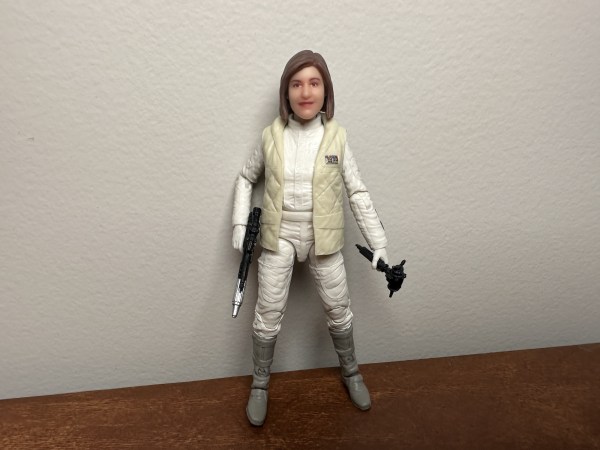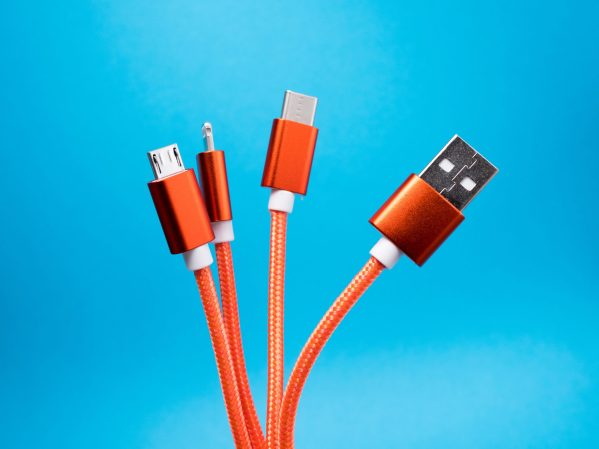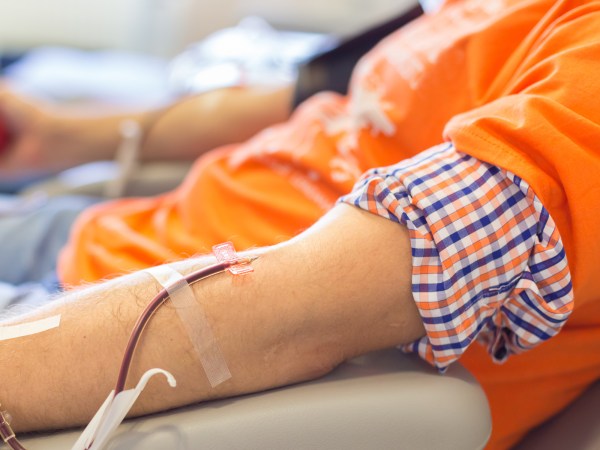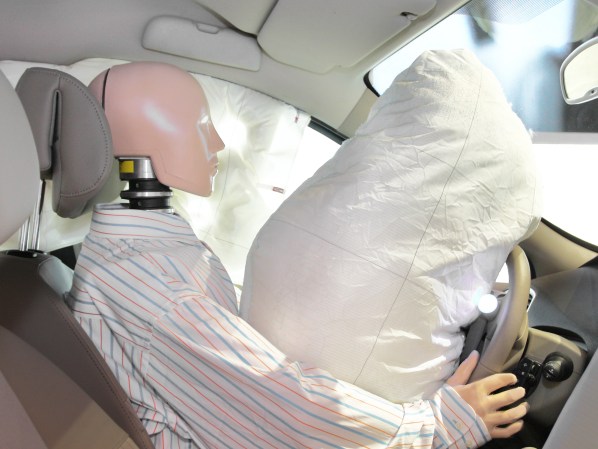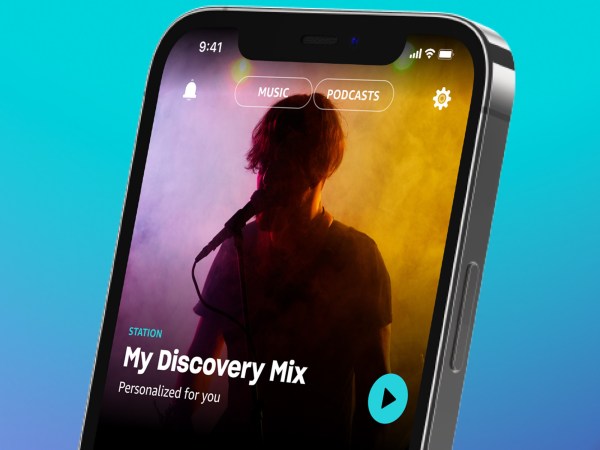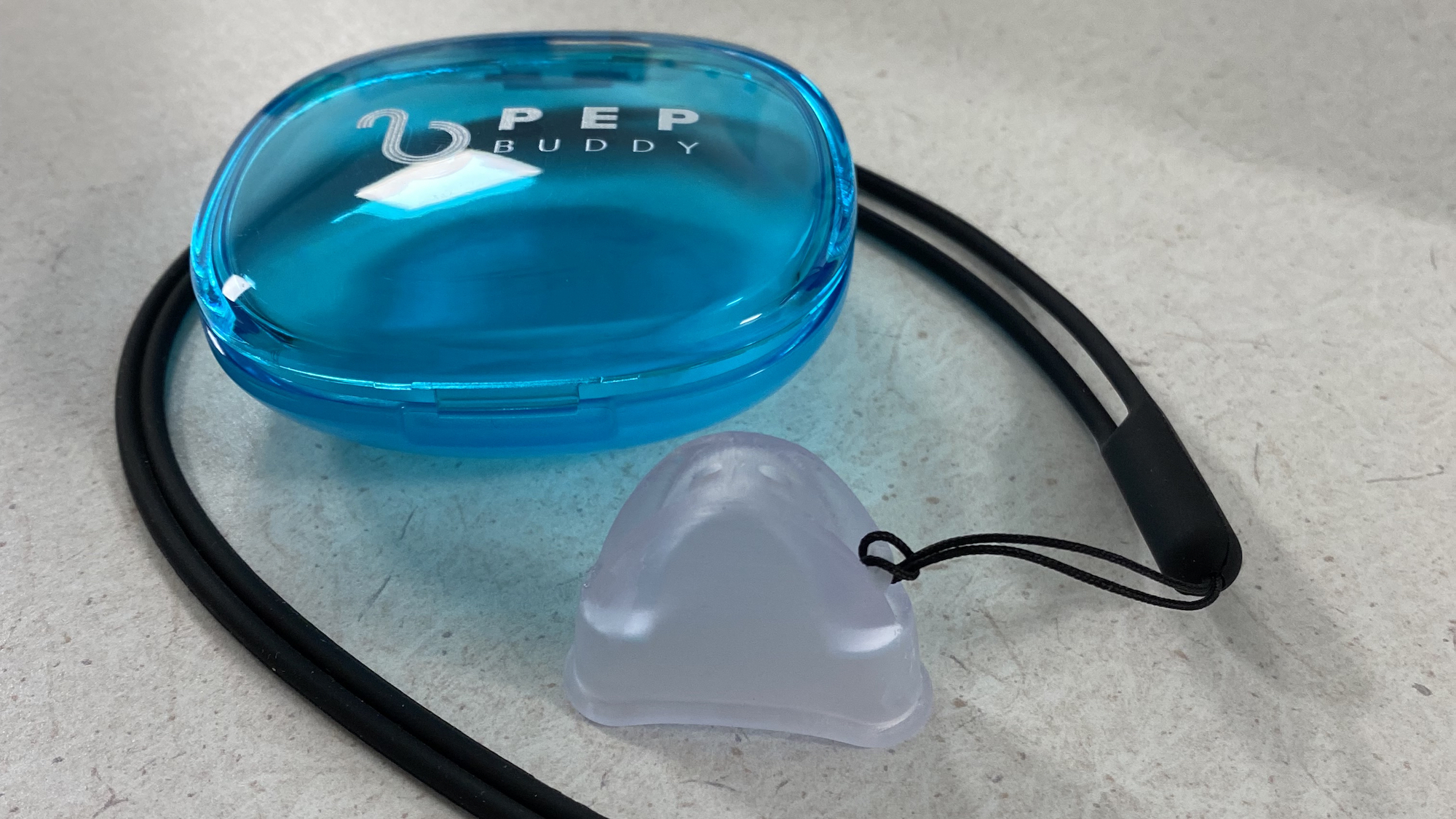

Nearly 16 million Americans suffer from chronic obstructive pulmonary disease (COPD). The often severe respiratory issues can dramatically influence patients’ day-to-day lives, making even once-simple physical tasks like walking and going to the store incredibly difficult, and sometimes even life-threatening.
While there are a number of treatments and medications available, the therapies are often expensive, complicated, and time-consuming. Recently, however, researchers designed a cheap, simple, tiny tool that could not only alleviate COPD patients’ breathing issues, but offer relief for others dealing with anxiety and stress, as well as aid practitioners of meditation and yoga.
[Related: Seniors are struggling with chronic anxiety, but don’t seek treatment.]
As detailed in a new paper published in the journal, Respiratory Care, a team at the University of Cincinnati have created a new positive-expiratory pressure (PEP) device roughly the size and shape of whistle that attaches to a lanyard for users to keep on them during their everyday activities. Unlike existing PEP products that are often handheld, bulky, and expensive, Muhammad Ahsan Zafar and Ralph Panos’ PEP Buddy aid only costs around $25, and includes no electronics.
Because of their respiratory system degradation and weaker air tubes, it often takes COPD sufferers longer to exhale while breathing. When their breath quickens, such as during physical activities or while stressed, more and more air stays within the lungs, causing “dynamic hyperinflation” that leads to breathlessness and lower oxygen levels. This compounds over time, and often restricts or discourages further physical movement and exertion, which then can worsen existing COPD symptoms.
[Related: How to make the most of meditation with science.]
To combat these problems, users put the device in their mouth just as they would a whistle when needed, then breathe through their nose and exhale through the product. PEP Buddy’s design simply relies on creating a slight back pressure while users breathe out, thus slowing down their exhalations to better regulate air flow. In their studies, Zafar and Panos found that around 72-percent of patients utilizing PEP Buddy over a two-week period reported a “significant impact” in reducing shortness of breath while also improving their everyday living. What’s more, over a third of those participating in the study showed no signs of dropping oxygen levels while PEP Buddy was in use.
Because there are no respiratory medications involved, the PEP Buddy can also be used by anyone looking to simply better regulate their breathwork following intense exercise or while practicing mindfulness and meditation exercises. Going forward, researchers hope to oversee a long-term study to see PEP Buddy’s potential in conjunction with rescue inhalers, alongside emergency room visits and usage within pulmonary rehabilitation programs.
